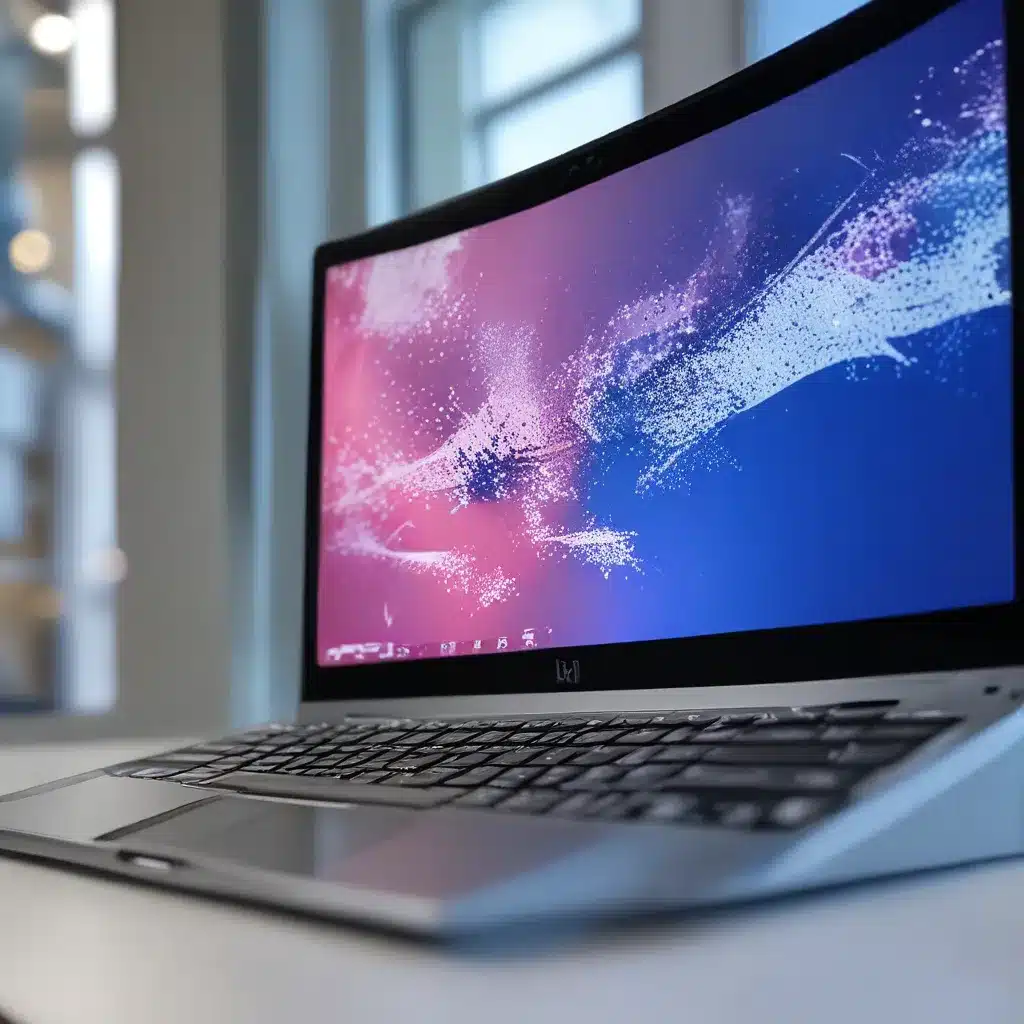
Troubleshoot Windows 10 PC Freezing Issues
Ah, the dreaded PC freeze – that moment when your trusty Windows 10 machine decides to take an unexpected coffee break, leaving you staring at a frozen screen and wondering what on earth you did to deserve this. Fear not, my tech-savvy friends, for I have weathered the storm of countless PC freezes and emerged victorious. In this comprehensive guide, I’ll walk you through the troubleshooting steps to get your machine back up and running, so you can get back to your important work (or that critical game of Solitaire).
Understanding the Freeze
Let’s start by understanding what might be causing those pesky freezes. According to the experts at Microsoft, a frozen Windows 10 PC can be the result of a variety of issues, ranging from hardware problems to software conflicts. It could be as simple as a rogue program hogging all the system resources, or as complex as a deep-seated driver issue. The key is to approach the problem methodically and leave no stone unturned.
Checking the Logs
The first step in troubleshooting a freeze is to take a look at the system and application logs. These digital breadcrumbs can provide valuable clues about what’s causing the issue. As the Microsoft article suggests, you’ll want to review the event logs for any relevant error messages or warnings that might point you in the right direction.
Enabling Memory Dumps
If the logs don’t reveal the culprit, it’s time to take a deeper dive into the system’s memory. By enabling the CrashOnCtrlScroll registry setting, you can instruct Windows to generate a complete memory dump file when you press the right Ctrl + Scroll Lock keys. This file can then be analyzed using specialized tools to identify the root cause of the freeze. Remember, as the Microsoft article cautions, be sure to back up the registry before making any changes, as serious problems could occur if you modify it incorrectly.
Monitoring System Performance
Another valuable tool in your troubleshooting arsenal is Windows Performance Monitor. By running a few simple commands in the command prompt, you can create performance counter and event trace log collections that can provide insights into how your programs are affecting the system’s performance, both in real-time and over time. This information can be a game-changer in pinpointing the source of those frustrating freezes.
Tackling Virtual Machine Freezes
If you’re dealing with a frozen virtual machine, the troubleshooting process takes a slightly different turn. The Microsoft article suggests using the built-in NMI feature through a Debug-VM cmdlet to debug and get a memory dump. Alternatively, you can leverage VMware’s Checkpoint To Core Tool to convert snapshots and suspend-state files into a dump file that can be analyzed with standard Windows debugging tools.
Enlisting Professional Help
If you’ve exhausted all of these troubleshooting steps and your Windows 10 PC is still stubbornly refusing to cooperate, it might be time to call in the big guns – the tech experts at itFix. These seasoned professionals have seen it all and can quickly identify and resolve even the most stubborn PC freezes, getting you back up and running in no time.
Remember, the key to conquering those pesky freezes is to approach the problem methodically, harness the power of the tools at your disposal, and never give up. With a little persistence and the guidance of the experts, you’ll be on your way to a silky-smooth Windows 10 experience in no time. Happy troubleshooting, my fellow tech enthusiasts!












